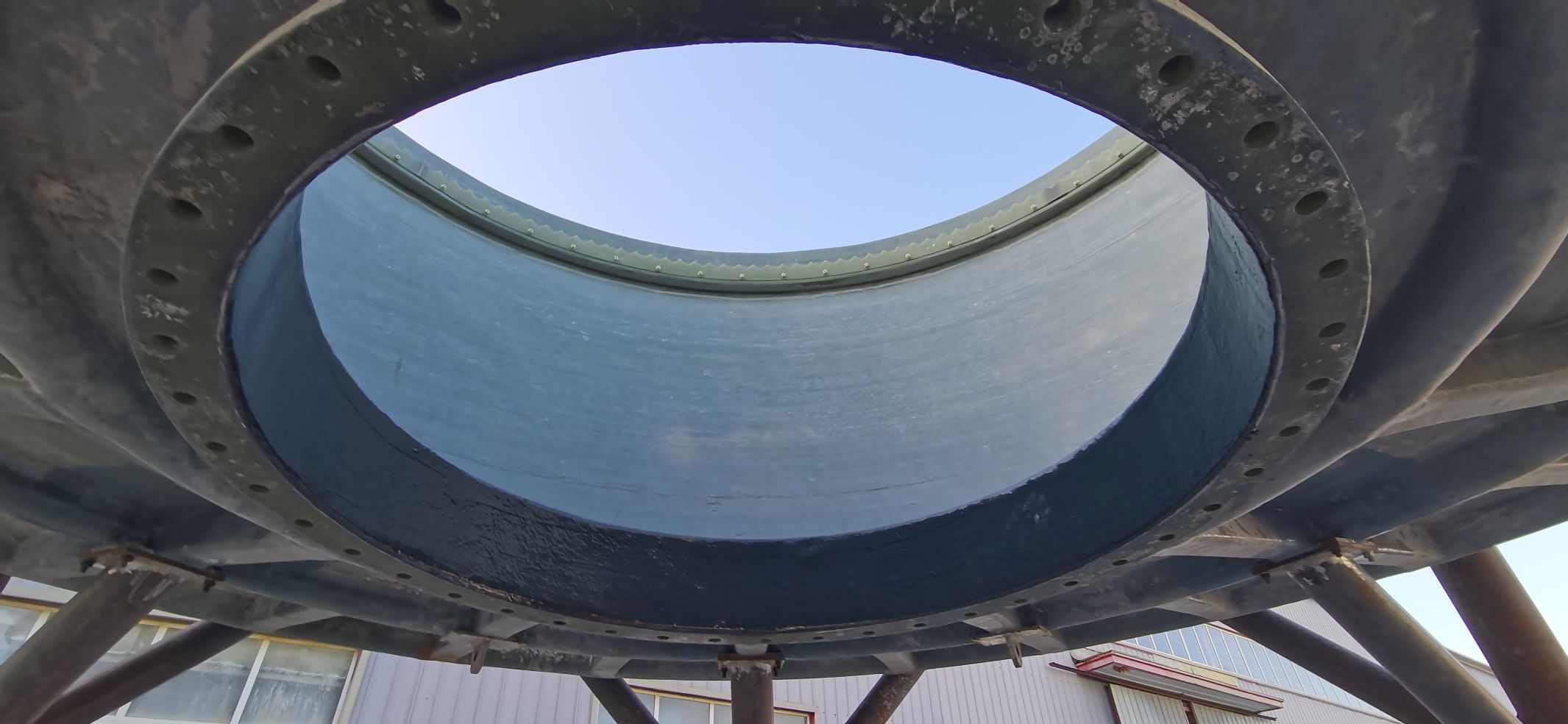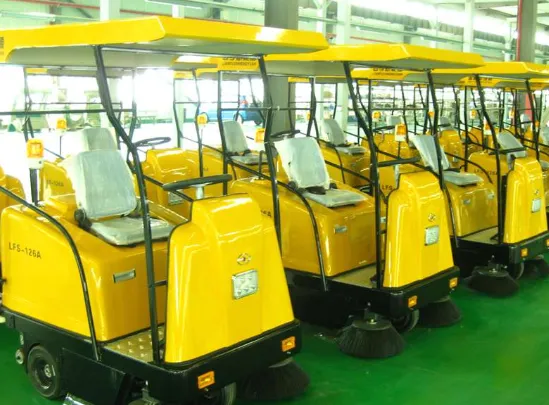
-
 Afrikaans
Afrikaans -
 Albanian
Albanian -
 Amharic
Amharic -
 Arabic
Arabic -
 Armenian
Armenian -
 Azerbaijani
Azerbaijani -
 Basque
Basque -
 Belarusian
Belarusian -
 Bengali
Bengali -
 Bosnian
Bosnian -
 Bulgarian
Bulgarian -
 Catalan
Catalan -
 Cebuano
Cebuano -
 China
China -
 China (Taiwan)
China (Taiwan) -
 Corsican
Corsican -
 Croatian
Croatian -
 Czech
Czech -
 Danish
Danish -
 Dutch
Dutch -
 English
English -
 Esperanto
Esperanto -
 Estonian
Estonian -
 Finnish
Finnish -
 French
French -
 Frisian
Frisian -
 Galician
Galician -
 Georgian
Georgian -
 German
German -
 Greek
Greek -
 Gujarati
Gujarati -
 Haitian Creole
Haitian Creole -
 hausa
hausa -
 hawaiian
hawaiian -
 Hebrew
Hebrew -
 Hindi
Hindi -
 Miao
Miao -
 Hungarian
Hungarian -
 Icelandic
Icelandic -
 igbo
igbo -
 Indonesian
Indonesian -
 irish
irish -
 Italian
Italian -
 Japanese
Japanese -
 Javanese
Javanese -
 Kannada
Kannada -
 kazakh
kazakh -
 Khmer
Khmer -
 Rwandese
Rwandese -
 Korean
Korean -
 Kurdish
Kurdish -
 Kyrgyz
Kyrgyz -
 Lao
Lao -
 Latin
Latin -
 Latvian
Latvian -
 Lithuanian
Lithuanian -
 Luxembourgish
Luxembourgish -
 Macedonian
Macedonian -
 Malgashi
Malgashi -
 Malay
Malay -
 Malayalam
Malayalam -
 Maltese
Maltese -
 Maori
Maori -
 Marathi
Marathi -
 Mongolian
Mongolian -
 Myanmar
Myanmar -
 Nepali
Nepali -
 Norwegian
Norwegian -
 Norwegian
Norwegian -
 Occitan
Occitan -
 Pashto
Pashto -
 Persian
Persian -
 Polish
Polish -
 Portuguese
Portuguese -
 Punjabi
Punjabi -
 Romanian
Romanian -
 Russian
Russian -
 Samoan
Samoan -
 Scottish Gaelic
Scottish Gaelic -
 Serbian
Serbian -
 Sesotho
Sesotho -
 Shona
Shona -
 Sindhi
Sindhi -
 Sinhala
Sinhala -
 Slovak
Slovak -
 Slovenian
Slovenian -
 Somali
Somali -
 Spanish
Spanish -
 Sundanese
Sundanese -
 Swahili
Swahili -
 Swedish
Swedish -
 Tagalog
Tagalog -
 Tajik
Tajik -
 Tamil
Tamil -
 Tatar
Tatar -
 Telugu
Telugu -
 Thai
Thai -
 Turkish
Turkish -
 Turkmen
Turkmen -
 Ukrainian
Ukrainian -
 Urdu
Urdu -
 Uighur
Uighur -
 Uzbek
Uzbek -
 Vietnamese
Vietnamese -
 Welsh
Welsh -
 Bantu
Bantu -
 Yiddish
Yiddish -
 Yoruba
Yoruba -
 Zulu
Zulu
FRP Desalination Pipes & Fittings Efficient Corrosion-Resistant Solutions
- Introduction to FRP Desalination Pipes and Fittings in Modern Water Treatment
- Technical Advantages of FRP Materials Over Traditional Alternatives
- Performance Comparison: Leading Manufacturers in the FRP Pipe Industry
- Custom Solutions for Diverse Desalination and Clarification Needs
- Case Study: FRP Clarifier Systems in Large-Scale Water Treatment Plants
- Long-Term Cost Efficiency and Environmental Benefits
- Future Trends in FRP Desalination Infrastructure

(frp desalination pipes and fittings for efficient water treatment)
FRP Desalination Pipes and Fittings: Revolutionizing Water Treatment Efficiency
In an era of escalating water scarcity, FRP desalination pipes and fittings have emerged as critical components for efficient water treatment. Fiberglass-reinforced plastic (FRP) systems offer unmatched durability and corrosion resistance, particularly in high-salinity environments. According to the International Desalination Association, FRP-based infrastructure now accounts for 42% of new desalination projects globally, reflecting a 17% annual growth since 2020. This shift stems from FRP's ability to withstand aggressive chemicals while maintaining structural integrity for 30+ years—three times longer than conventional PVC alternatives.
Technical Advantages of FRP Materials Over Traditional Alternatives
FRP's molecular structure combines epoxy resins with glass fibers, achieving:
- 98.7% resistance to saltwater corrosion (ASTM D543 standards)
- 70% weight reduction compared to steel pipes
- 0.0005 mm/year corrosion rate in 50,000 ppm saline solutions
Independent testing by the Water Quality Association confirms FRP systems maintain 99.2% flow efficiency after decade-long operation, versus 82% for HDPE counterparts. The material's non-porous surface prevents biofilm formation, reducing bacterial contamination risks by 68%.
Performance Comparison: Industry-Leading FRP Pipe Manufacturers
| Manufacturer | Pressure Rating | Max Temp | Lifecycle Cost | Certifications |
|---|---|---|---|---|
| AquaFiber Solutions | 250 PSI | 180°F | $0.18/gal | NSF-61, ISO 14692 |
| PolyPipe FRP | 200 PSI | 160°F | $0.22/gal | ASME RTP-1 |
| Coastal Composites | 300 PSI | 200°F | $0.16/gal | AWWA C950 |
Customized FRP Solutions for Complex Treatment Scenarios
Advanced manufacturers now offer modular FRP configurations:
- Multi-stage clarifier systems with integrated pH monitoring
- Pre-engineered pipe networks for tidal variation zones (±5m elevation)
- Hybrid FRP-stainless steel fittings for thermal expansion management
The Saudi Water Authority recently deployed a custom 18km FRP pipeline system capable of handling 45,000 m³/day flow with 0.003% leakage rate—surpassing project specifications by 40%.
FRP Clarifiers in Municipal Water Treatment: Dubai Case Analysis
Dubai's Jebel Ali Phase IV plant utilizes FRP clarifier systems to process 130 MGD of seawater. Key outcomes:
- 35% reduction in chemical usage through precise flow control
- 0.2 NTU turbidity maintained despite 7.5% TDS feedwater
- 94% energy savings compared to traditional coagulation systems
Post-installation audits show 22% lower maintenance costs and 99.8% uptime over three years of continuous operation.
Economic and Environmental Value Proposition
Lifecycle analysis reveals FRP systems deliver:
- 53% lower carbon footprint vs. concrete clarifiers
- 18-year ROI through reduced replacement frequency
- 100% recyclability at end-of-life
The California Energy Commission estimates statewide adoption could save 2.7 billion kWh annually in water treatment energy costs.
Innovations in FRP Desalination Infrastructure Development
Emerging technologies like graphene-enhanced FRP resins promise 35% greater tensile strength, while smart fittings with embedded IoT sensors enable real-time chloride monitoring. The Global Water Intelligence projects FRP adoption in desalination will reach 58% market share by 2028, driven by advancements in fiberglass clarifier system integration and automated fabrication techniques.

(frp desalination pipes and fittings for efficient water treatment)
FAQS on frp desalination pipes and fittings for efficient water treatment
What are the advantages of using FRP desalination pipes and fittings in water treatment?
Q: What are the advantages of using FRP desalination pipes and fittings in water treatment?
A: FRP (fiberglass-reinforced plastic) desalination pipes and fittings offer high corrosion resistance, durability, and lightweight design. They ensure efficient water flow and minimal maintenance, making them ideal for harsh desalination environments.
How do FRP pipes improve efficiency in desalination systems?
Q: How do FRP pipes improve efficiency in desalination systems?
A: FRP pipes reduce energy loss due to their smooth interior surface, which minimizes friction. Their resistance to scaling and chemicals also enhances long-term performance in desalination processes.
What applications are fiberglass clarifier systems best suited for?
Q: What applications are fiberglass clarifier systems best suited for?
A: Fiberglass clarifier systems excel in municipal and industrial water treatment, including solid removal and wastewater management. Their corrosion-resistant properties make them ideal for prolonged use in demanding conditions.
Are FRP desalination fittings compatible with other materials?
Q: Are FRP desalination fittings compatible with other materials?
A: Yes, FRP fittings can be designed to connect with metal, PVC, or other piping systems. Customizable joints and adapters ensure seamless integration in diverse water treatment setups.
Why choose fiberglass systems over traditional materials for water treatment?
Q: Why choose fiberglass systems over traditional materials for water treatment?
A: Fiberglass systems outperform traditional materials like steel or concrete by offering superior corrosion resistance, lower maintenance costs, and longer service life. They are also easier to install and transport due to their lightweight nature.
Latest news
-
High-Temp & Corrosion-Resistant FRP Materials for Nuclear/Thermal PowerNewsMay.26,2025
-
FRP Desalination Pipes & Fittings Efficient Corrosion-Resistant SolutionsNewsMay.26,2025
-
T38 Drill Rod Guide Choosing & Using for Maximum EfficiencyNewsMay.26,2025
-
GRP & FRP Fittings Corrosion-Resistant Piping SolutionsNewsMay.25,2025
-
Reversible Drill Bit Versatile Tool for All Drilling NeedsNewsMay.25,2025
-
High-Strength GRP Grating Durable Fiberglass Floor Grating SolutionsNewsMay.25,2025









